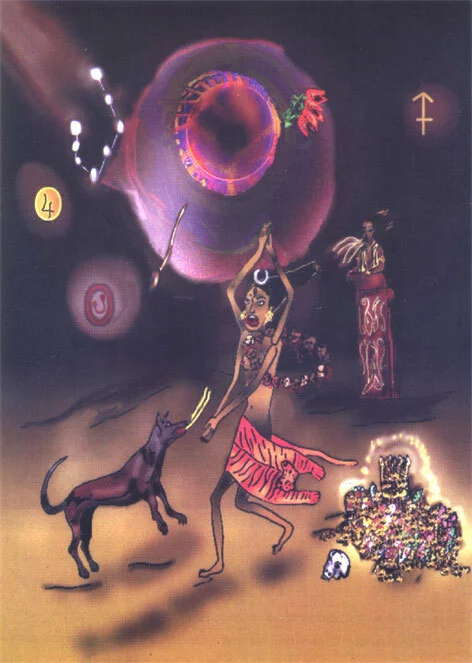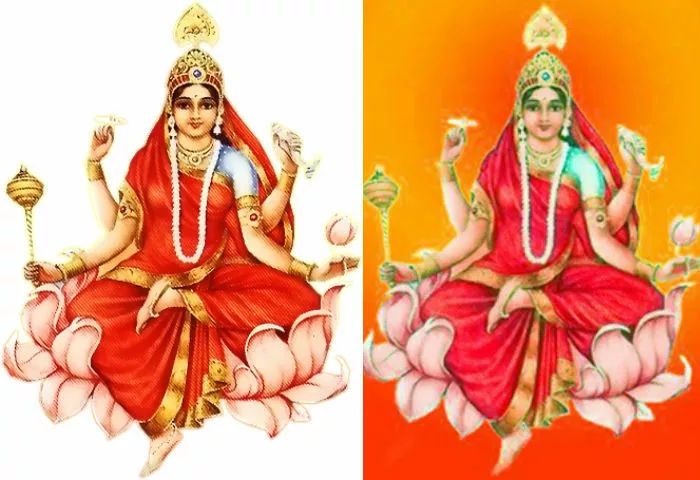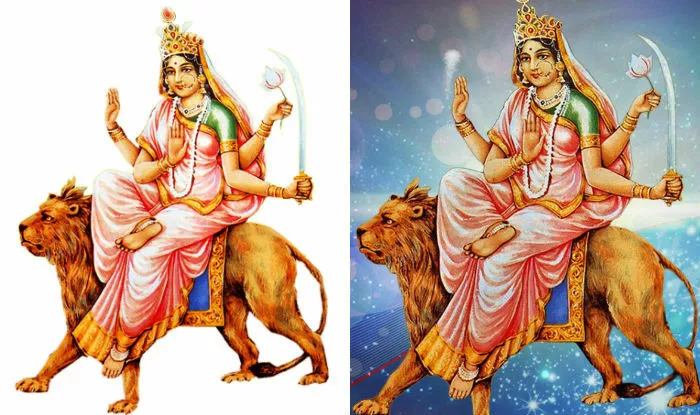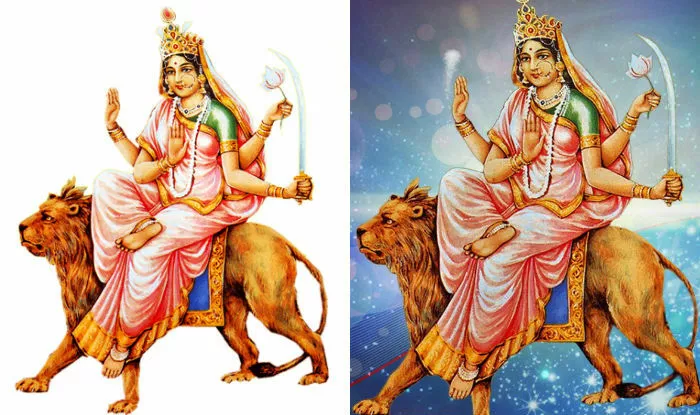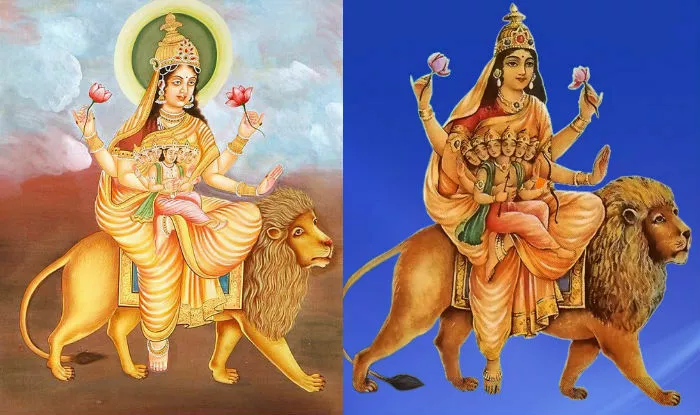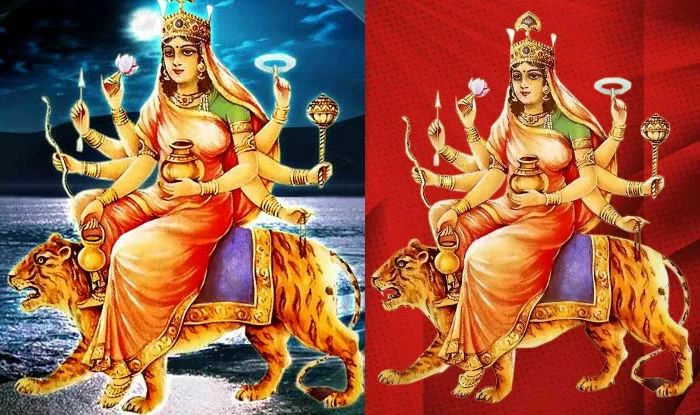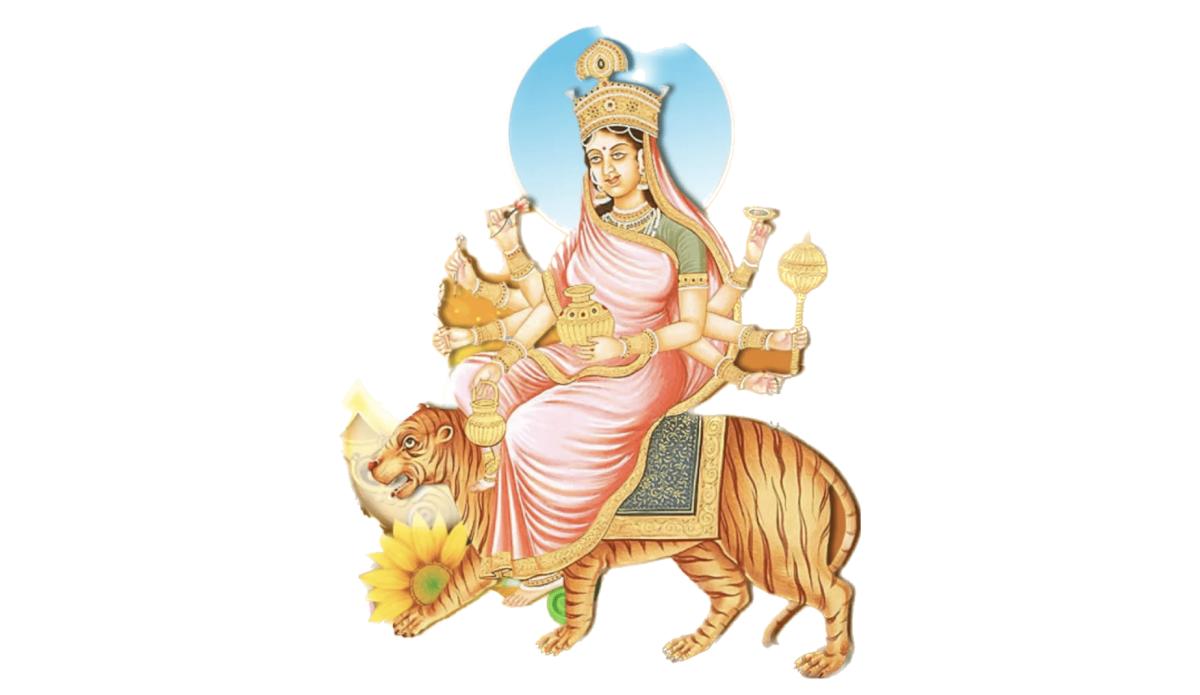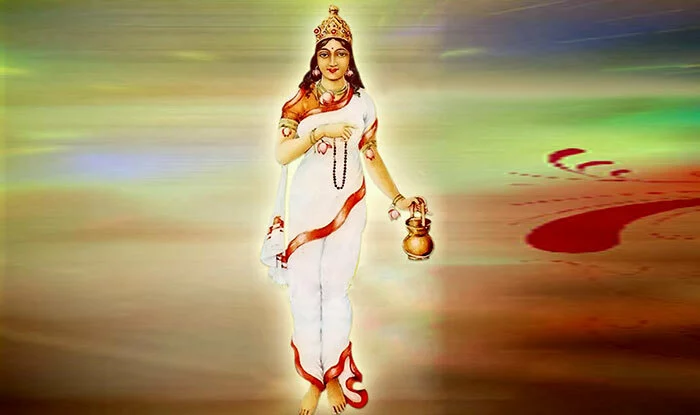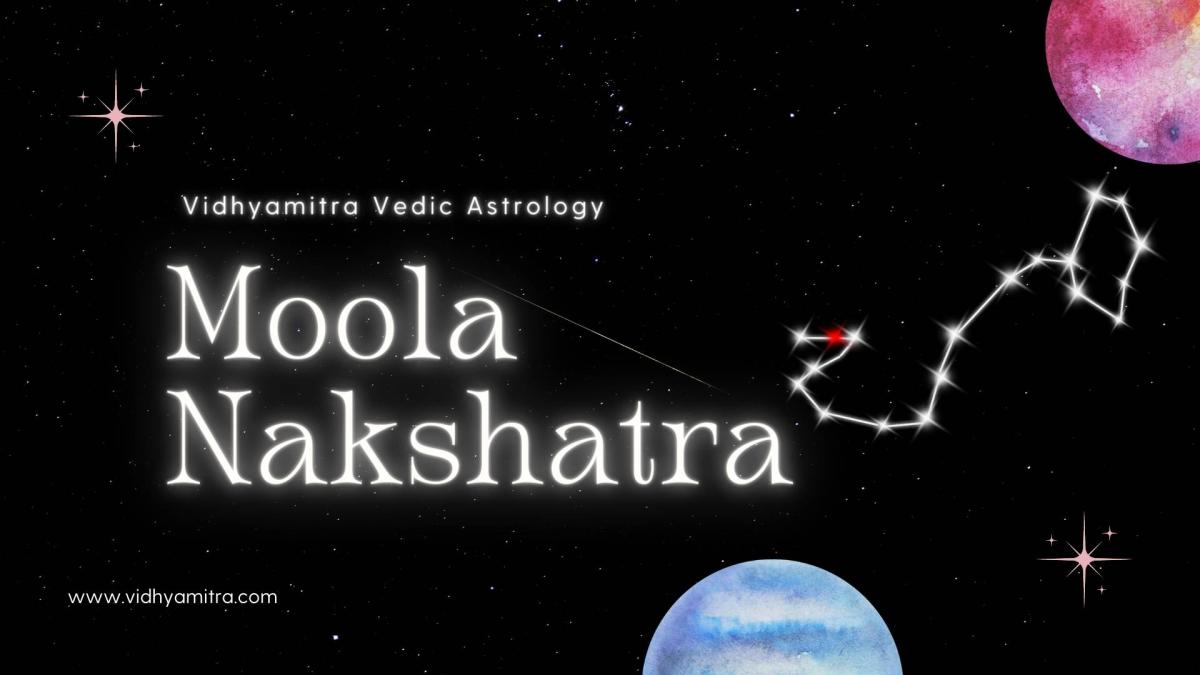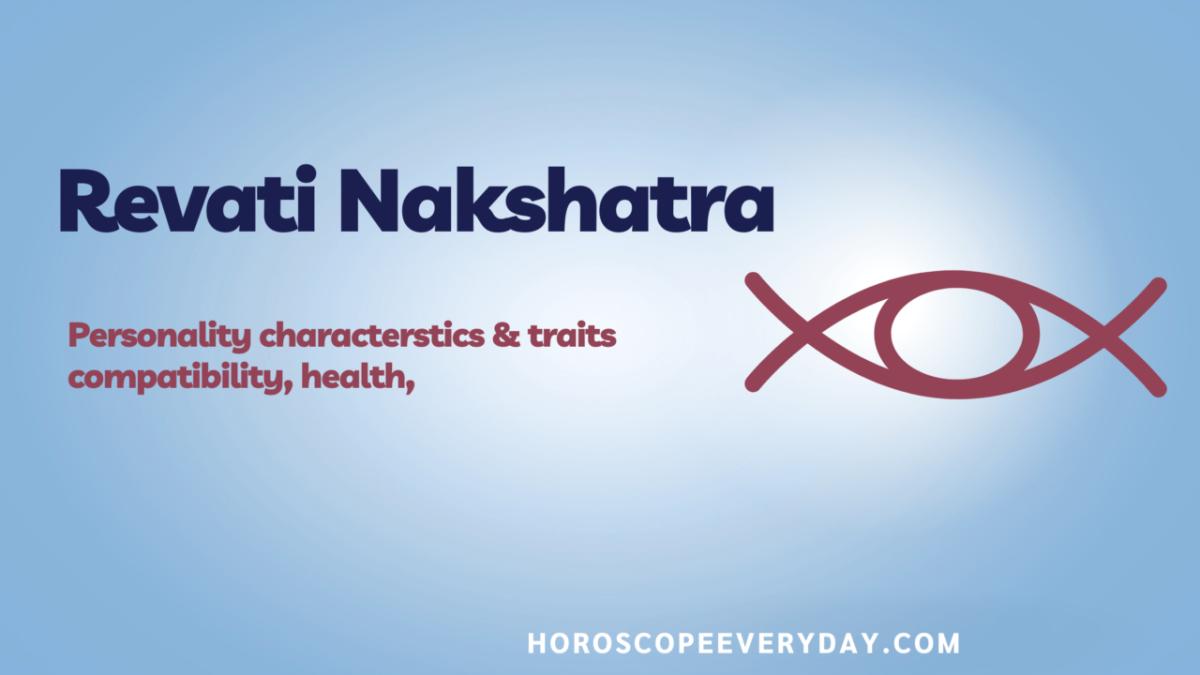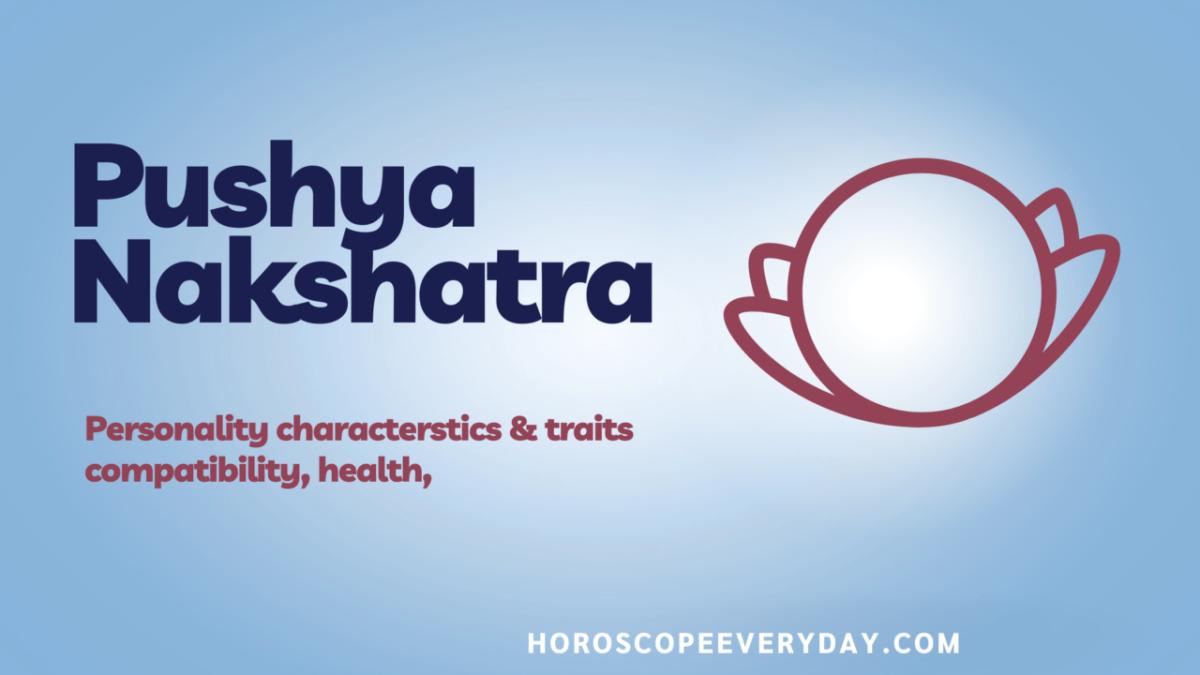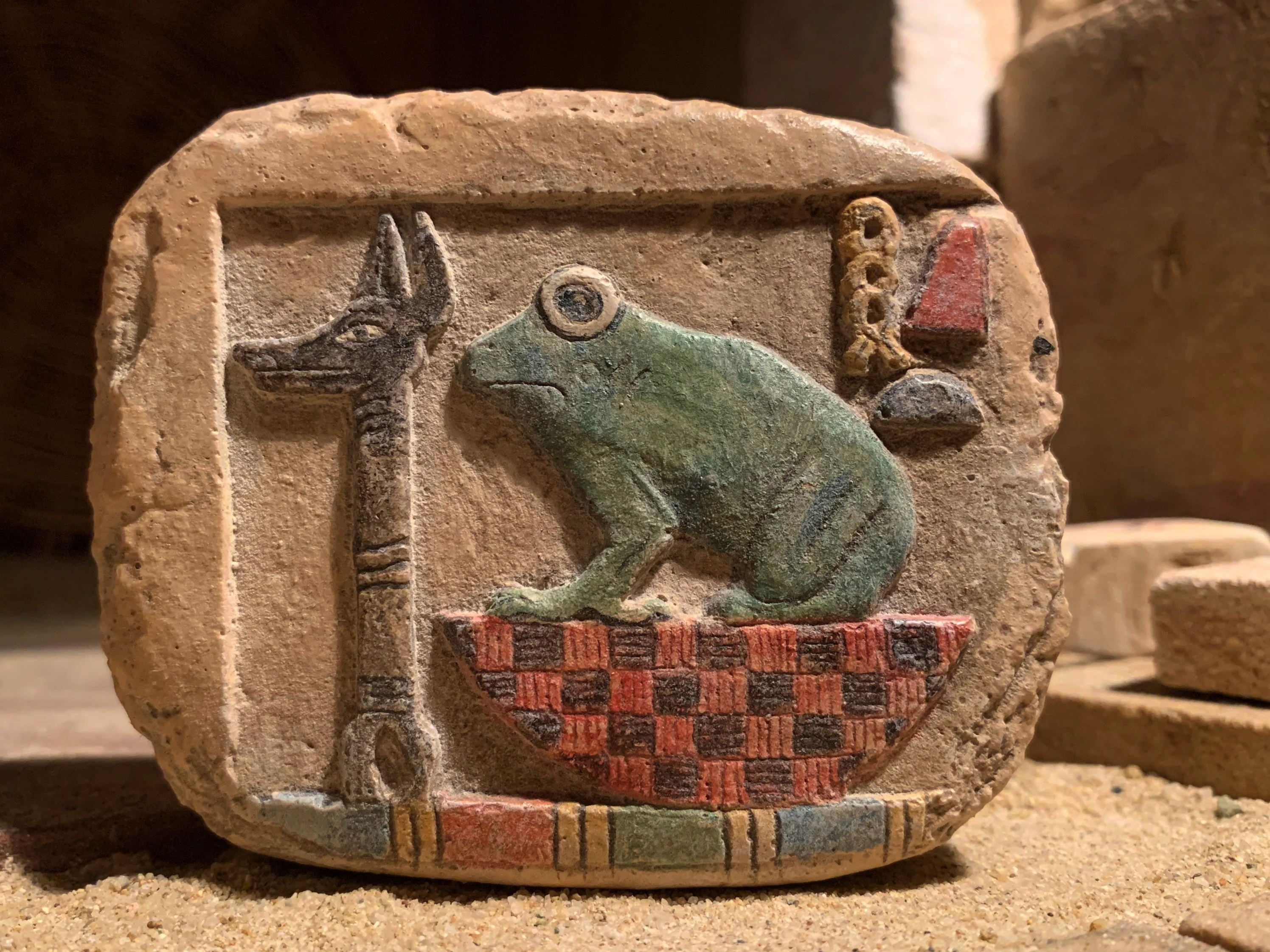
#Punarvasu #Nakshatra in Astrology makes one optimistic, self-confident, honest, gives overly simplistic life and one who lives in the moment as it comes. The native is jovial and humorous, sweet spoken, lover of harmony, social, friendly, and has a good nature.
Punarvasu Nakshatra in #VedicAstrology is one of the Tiryaka Mukhi Nakshatras (or the #Nakshatras which have their mouths curved). In these Nakshatras, things related to roads, dams, the expansion of metals, chariots, boats, etc., can be auspiciously begun and performed.
Symbol: A #House
The symbol of Punarvasu is a house. The house indicates that the Jeeva got the body or a new house.
Deity: #Goddess #Aadhithi
Aadhithi, who is the parent of the #universe and the one who establishes the universe, brings up the twins of Punarvasu by feeding the offerings. The ruling deity of Punarvasu Nakshathra is Goddess Aadhithi. Aadhithi can be split into Aadhi (beginning) and Ethi(end). It means the one that exists at the beginning and the end. She is the wife of sage Kashyapa, and she gives #birth to all Gods.
Aadhithi, with sage Kashyapa, has 33 sons, out of which 12 are called Aadhithya. She is also the mother of God Indhra. Based on the description, it appears that the Earth is also called Aadhithi. She is a fertile land where seeds can germinate, and seedlings can grow into plants. In the case of the pregnancy cycle, this period is of ovulation of an egg.
Aadhithi is also called the mother of eight sons i.e., importance, ego, the sun, and 5 senses. She gives happiness and is a Goddess of salvation. She enlightens life with her halo. She demonstrates pure feelings in human form. She removes all pains, sufferings, and sins.
Characteristics of Punarvasu Nakshatra in Astrology
The animal of Punarvasu Nakshatra is the #female #cat. A female cat is moody, loves to hunt, and is far more territorial than a male cat.
They chew their claw, enjoy fresh food and water. A cat in the wild would rather sleep in a den than a fluffy bed because they are hunters, and they need to feel safe.
Cats are smarter than dogs and can easily open doors, fridge, and get into any space they feel like.
In ancient times, a cat was the symbolism of royalty. In the great culture of ancient Egypt, which is few thousand years old, the cat was not only a symbol of royal status, but also mysticism.
Cats have the ability to see spirits, give omens, and help their owner to increase their psychic powers. This is why a psychic with a cat is always seen in movies.
Cats are also protectors because they always try to clean your aura by rubbing against you, and if any danger comes, they will defend you.
Punarvasu natives are natural protectors of the zodiac. They always feel they must protect things around them and their loved ones.
Punarvasu, in the Cancer side of the zodiac, can become moody and stubborn.
The natives must always have fresh food and clean water.
On the Gemini side, these natives are excellent hunters, although on the Cancer side, they are still hunters but will only hunt when necessary and not for sports.
Just like how cats zone to its target, whether it’s a rat, bird or a snake in the backyard, Punarvasu natives always have a set target in their life, which they always achieve.
Punarvasu is the birth star of Lord Rama, the Indian God, who was the 7th reincarnation of Lord Vishnu.
The story of Lord Rama is what simply plays out in the life of a Punarvasu native.
Lord Rama was born in a royal family and had a stepmother who favored her own son (Bharata) over him to be the next king of the kingdom.
He won the heart of his wife (Sita) and father-in-law (Janaka) by breaking the “Pinaka” bow of Shiva, which no one on earth could pick up easily (Bow and arrow is the symbol of this Nakshatra) other than a noble man.
When time came for him to claim his throne, his stepmother Kaikeyi demanded him to be exiled into the forest for 14 years because she wanted her own son (Bharata) to take on the royal throne.
Lord Rama, being a noble man did not desire for any kingdom, earthly enjoyments and lavish lifestyle, and simply told his father that he would do what his mother, Kaikeyi, wished and left the kingdom.
He wandered with his younger brother (Laxman) and wife (Sita) in the forest, but towards the end, Sita was abducted by Ravan, the intelligent demon.
Rama sought the assistance of an army of divine monkeys and their leader, Hanuman, to get Sita back.
They crossed into Sri Lanka by throwing rocks in the ocean as a bridge and walked across.
After completing his exile term, Rama eventually defeated Ravana, got his wife back, and returned to his kingdom.
This is the theme of Punarvasu (return of the #light). No matter how dark the hour is for these people, they always rise and come back to the status of king.
There were scandals attached to #Rama and his wife as people accused Sita of going with Ravan and had to pass the test of Agni, the fire God.
She passed the test but had a sadness that her husband doubted her loyalty.
Sita delivered twin boys, Luv & Kush, but after their birth, Sita was taken back into the Earth after repeated accusations and demand for the test of purity.
Just like Rama had to take an exile on his own behalf even though he could’ve refused it, the natives of this Nakshatra find themselves on a self- inflicted exile in life for at least 10-14 years where they feel like a vagabond, not knowing where they are going, what they are doing and struggling.
In the life of a young individual, one may just want to do back packing across the world, sleeping on floor, hostels, eating whatever they can, and experience the world.
When it comes to relationships, they tend to go through multiple relationships or marriages as they may suspect one of the spouses or girlfriend/boyfriends for having an affair.
Punarvasu stands for repeated themes alongside the return of the light symbol; hence, these natives always have to do things repeatedly to achieve them.
When these people fail at any project, business or mission, they should not give up on it after the first failed attempt because the next attempt at the same venture becomes the theme of “Return of Light”, and they may succeed.
President Donald Trump filed 4-5 bankruptcies in his life and always managed to stay ahead of the game, he attempted to run for president in the year 2012 and failed quite quickly, but when he returned in 2015, he went from announcement all the way to the White House.
The story of Luv & Kush shows there is a strong potential that Punarvasu natives can have twins.
But they also like to have two identical things in their personal life, like having two identical statuses, two desktops, two tables, two or more properties etc.
Since Rama and Sita were royal individuals roaming the jungles of India, they tried best to find comfort, especially Lakshmana finding the most comfortable way for Sita and Rama to sleep at night while he looked out for any intruders.
This small story has shown that many Punarvasu natives love carrying their own pillow whenever travelling because they want the royal comfort of their own home.
Rama had a great love for nature and respected it to its utmost sincerity.
Even when he killed deers in the wild to feed him and his family, he prayed to the deer and thanked them for giving his life for his nutrition.
Punarvasu natives love fighting for the environment, doing philanthropy work, and giving donations.
The big story of Punarvasu is related to land, real estate and resorts due to Aditi.
She gave birth to the Vamana avatar of Vishnu, who only wanted 3 steps of land from demon king Mahabali, who didn’t realize the supreme power behind the young boy.
The boy grew to an enormous size and took over 3 different Universes in just 3 steps, and conquered all the demon’s lands.
Punarvasu natives always want to get into the real estate or resort business.
This Nakshatra also will allow a person to sell products of others like a merchandizing specialist.
Attributes of Punarvasu Nakshatra in Astrology
Spread from 20’00” degrees Gemini (Mithun) up to 3’20” Cancer (Karaka).
Punarvasu is derived from ‘Puna’ & ‘Vasu’, which means return, renewal, restoration, or repetition.
The 12 Adityas were born of Kashyapa in the womb of Aditi.
The 12 Vasus are Indra, Vishnu, Vaga, Twashta, Varun, Aryamana, Pusa, Mitra, Agni, Parjyanya, Vivaswan and Dinakar.
The mother, Aditi, of whom the Gods are born, is the repository of everything good – truth, generosity, magnanimity, purity, aristocracy, beauty, and renown. It follows that this star is the cause for these virtues.
Punarvasu signifies to start afresh after breaking off, to start a new life, and to come back from a distant land.
It stands for freedom from restriction, limitation and boundless space.
Description of Punarvasu Nakshatra in Vedic Astrology Treatise
According to Hora Sara: The native born in Purnavasu Nakshatra will be liberal in giving away donations, be happy, of good qualities, a dunce, and sick. He will be satisfied with a small income and be a little wise.
According to Jataka Parijata: If at a native’s birth, the Moon is in Punarvasu, he will be dull-witted, strong in wealth, famed, learned, and lusting for women.
According to Sage Narada: The native born in Punarvasu will be mean-minded, charming in appearance, patient in disposition, be happy with the least, and will walk fast.
According to Brihat Samhita: The native born under the star Punarvasu will be self-controlled, happy, of good character, dull-witted, ailing, very thirsty, and easily satisfied.
https://vidhyamitra.com/punarvasu-nakshatra-in-astrology-characteristics-padas-remedies/
